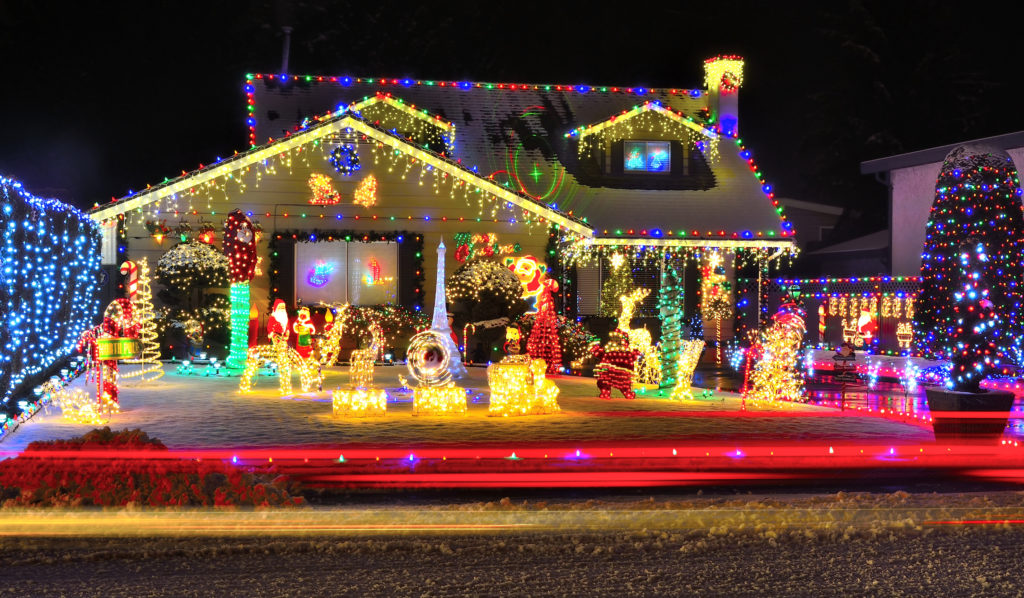For people on the autism spectrum, the festive trappings and traditions of the holiday season are potential pitfalls. Glaring lights, blaring music and bustling crowds can easily become stimulation overload, while changes in routine schedules can be disorienting.
And then there are parties.
“Having to go to a social event and being ‘on’ is a breeding ground for a breakdown,” says Judy Bagley, who works with young people with autism and other special needs as director of the Student Office of Accessibility Resources at Furman University.
People with autism “process 100 percent of external stimuli, all the sounds and visual cues,” says Kelsey Davis, director of academic success at Furman. “It’s harder for them to remain focused or to be on point all the time to what’s socially acceptable.”
Roughly one in 58 people is on the autism spectrum, but there’s still a lot of misinformation and misunderstanding, thanks in part to caricatures in popular culture. Peers, extended family or new acquaintances might not recognize or understand when someone with autism responds to holiday stimuli or withdraws from social events.
“If you’ve met one person with autism, you’ve met one person with autism,” Bagley says.
Bagley and Davis spend a lot of time coaching and assisting students through rough spots. They offer these suggestions to help people with autism, their friends or family navigate the holidays.
Start planning
- Executive functions, like planning ahead, aren’t at the fore for someone with autism. “All those things we instinctively ask ourselves aren’t instinctive for someone on the spectrum,” Davis says.
- If-then journals are helpful, especially for traveling. Davis helps students plan for uncertainties. If the plane is delayed, then ….; If the flight is cancelled, then …. If my ride home is late ….
- Talk about changes in schedules and do practice runs to become familiar with change.
- Make lists – things to travel with, things to do – and leave the lists somewhere conspicuous.
- College students going home for the first time might be going home to more rules or unstructured time. Make plans for filling time.
Preparing for events
- People with autism should feel comfortable declining invitations, even if it’s shopping with Mom.
- Discuss grooming and choose clothes that are comfortable and appropriate.
- Find a safe space to escape overwhelming stimuli. Bathrooms make great retreats, Bagley says.
- “You can close the door and no one will question why you were in the bathroom for half an hour,” she says.
- Have an item to focus on, a phone or a book, if you get uncomfortable. “One student looked at maps during dinner,” Bagley says.
- Script small talk, like comments about sports or current events, and discuss avoiding what’s not acceptable to say.
For the host
- Including people with autism in holiday parties “means so much to families,” Bagley says. It shows “that you want their loved one there and you’re willing to change things a little bit to make them feel welcome and comfortable.”
- Have low-sensory options, let people opt in or out of activities and have a variety of foods.
- Give low-stimulation bags as party favors with ear plugs or headphones, squishy toys and pre-approved snacks.
- Be respectful if someone declines an invitation.
The bottom line, Bagley says, is that when any event or holiday display is planned with accessibility in mind, “everyone wins.”
Original post https://alertarticles.info
